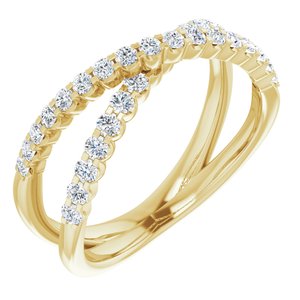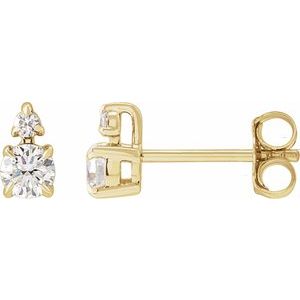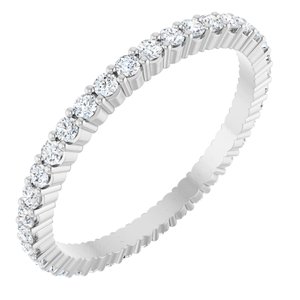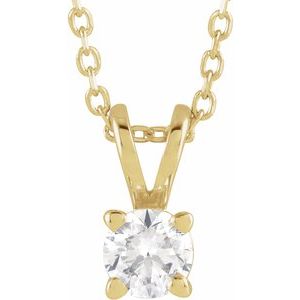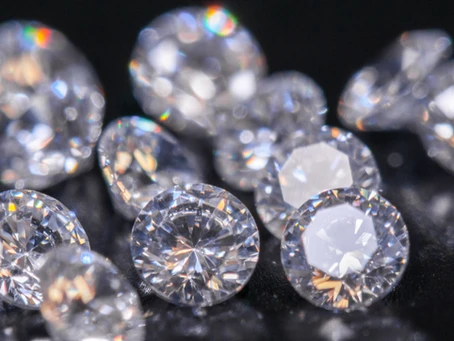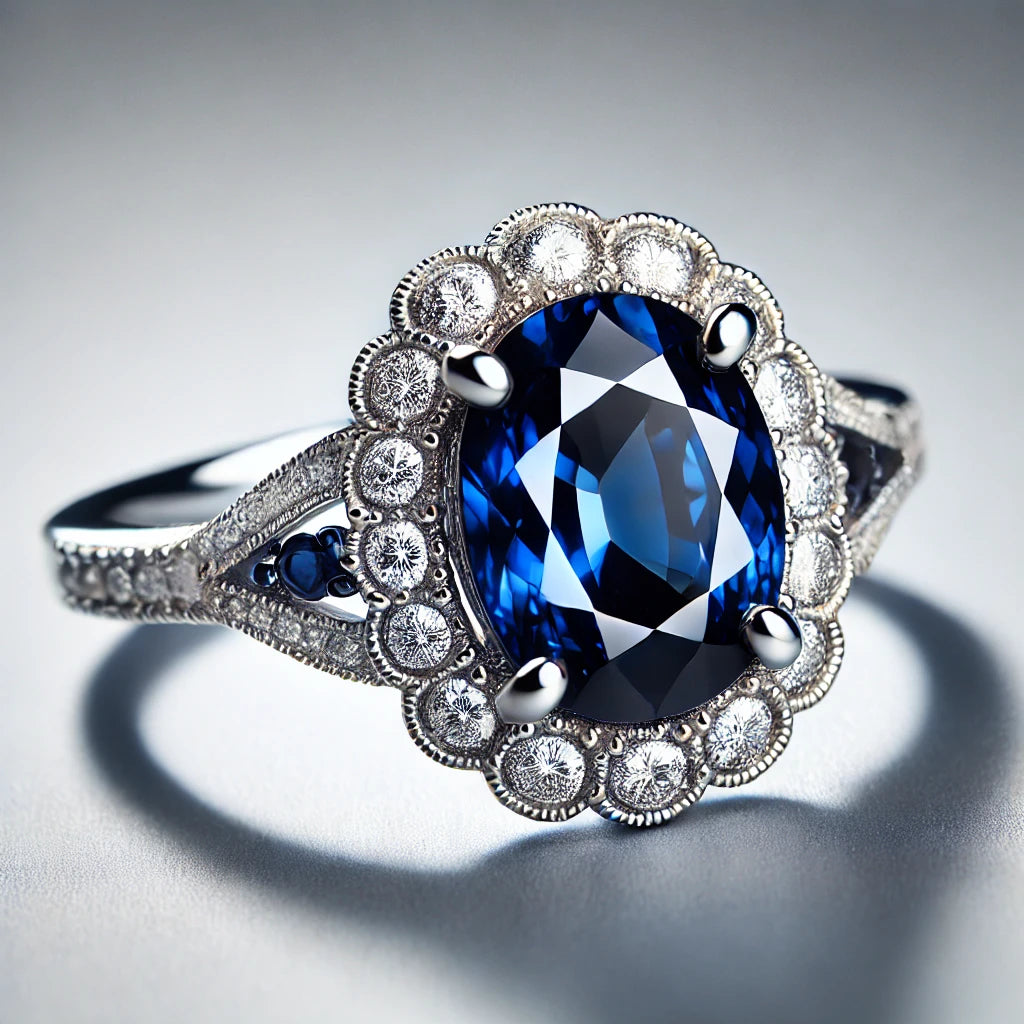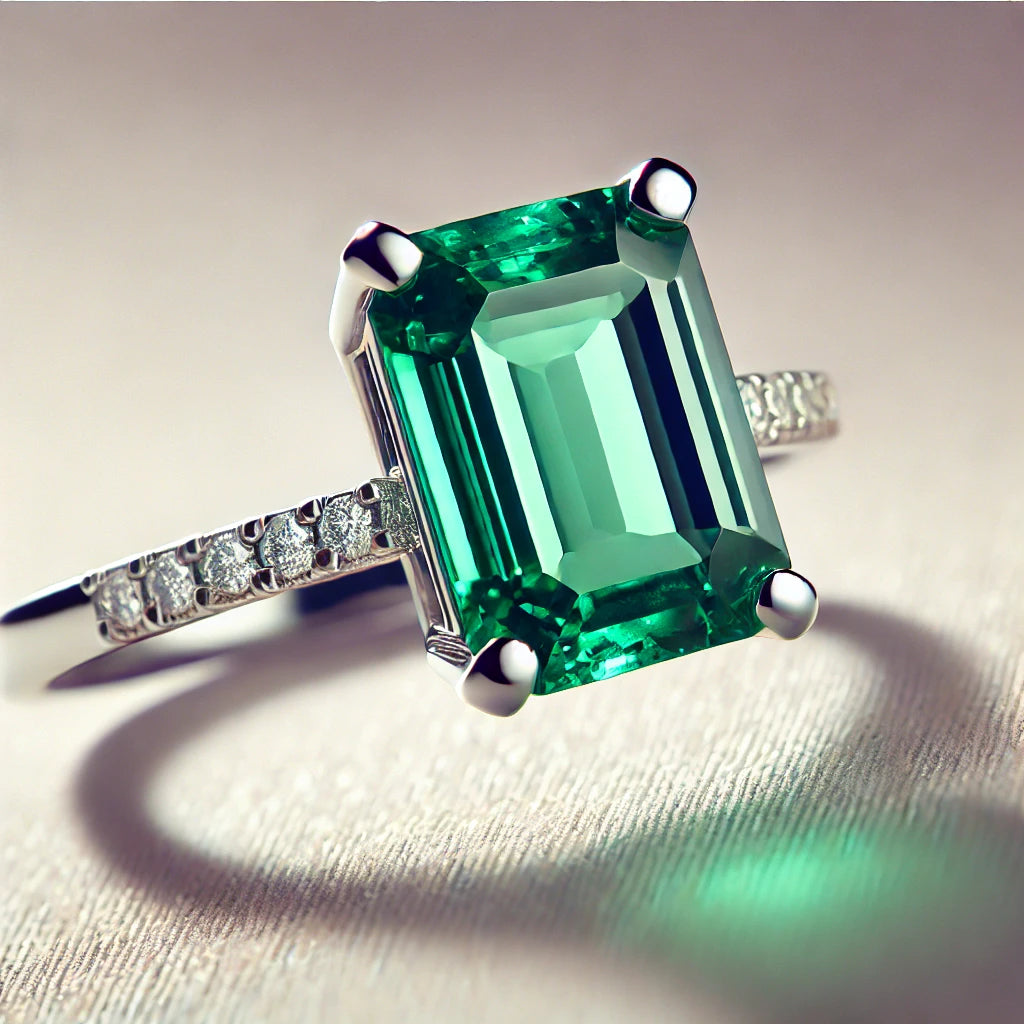Lab diamonds have been gaining popularity in the jewelry industry due to their affordability, sustainability, ethical production and wide range of sizes, shapes and colors. Lab diamonds are created by replicating the natural diamond formation process in a controlled laboratory environment while still maintaining the same physical and chemical properties as mined diamonds. Lab diamonds have many of the same characteristics of natural diamonds, including their brilliance, fire, and sparkle. They are also just as durable and hard as mined diamonds.

When purchasing a lab diamond, the traditional 4Cs (cut, color, clarity, and carat weight) are the primary factors to consider. The cut of a diamond is the most important of these 4Cs as it dictates how much light is reflected from the diamond and how much brilliance and sparkle it has. A well-cut diamond will reflect light from the top surface, creating a beautiful sparkle. Color is another important factor to consider when purchasing a lab diamond. Lab diamonds are available in a wide range of colors, from near colorless to fancy colors like yellow, blue, and pink. Clarity is the third of the 4Cs and refers to the internal features of a diamond. Lab diamonds may contain inclusions, just like natural diamonds, so it is important to pay attention to the clarity grade when shopping for a lab diamond. Lastly, carat weight is the measure of a diamond's size and can have a major impact on the price of a diamond.
In addition to the 4Cs, there are several other factors to consider when purchasing a lab diamond. For example, the lab diamond's origin is an important factor. Many lab diamonds come from a variety of sources, so it is important to do your research to find out where the diamond was created. The shape of the lab diamond is also important. Lab diamonds are available in a variety of shapes, from the classic round brilliant to more unique shapes like cushions, ovals, and emeralds. Another factor to consider is the fluorescence of the lab diamond. Fluorescence is the glowing effect that occurs when a diamond is exposed to ultraviolet (UV) light. Lab diamonds can range from having no fluorescence to medium or strong fluorescence, so it is important to determine the fluorescence of a diamond before purchasing. Finally, the color tinges of a diamond can also be an important factor to consider when purchasing a lab diamond. Color tinges are slight variations in the color of a diamond that can range from slightly greenish to slightly pinkish. Color tinges can also add character to a lab diamond, making it more unique.
When purchasing a lab diamond, it is important to consider more than just the 4Cs. Doing research on the origin, shape, fluorescence, and color tinges of the diamond can help you find the perfect lab diamond for you. Lab diamonds are a great alternative to mined diamonds and, with the proper research and due diligence, you can find the perfect lab diamond for your needs.

